Distribution ERP Software: How to Choose Wisely
There is good news and bad news relating to choosing distribution ERP software. The good news is that there are proven, robust solutions on the market, often specific to your industry.
Is Your Organization Taking Distribution Seriously?
The bad news is that unless your primary business is distribution – the way you make money – then the effectiveness of an ERP distribution solution will typically be subordinated beneath the effectiveness of the financial, manufacturing, sales order, and/or supply chain solutions. In companies in which distribution is a cost center/support operation two things are generally true: (1) Detailed knowledge of operations is concentrated within a very small group and (2) Executives undervalue the difficulty of distribution; it is something that is expected to just happen, and they don’t appreciate that a weak software solution could put distribution at risk. In the bad news scenario, distribution can be the one area that is worse off initially after an ERP implementation, because distribution operations which are viewed only as cost centers have enjoyed accumulated decades of custom legacy programming to drive out, automate, or combine transactions. Out of the box ERP may seem plodding by comparison.
And Now for Some Good News
Back to the good news scenario, if your distribution operations are a key money maker, or seen as a strategic business advantage, then your requirements will carry significant weight in software selection. One important task in detailing distribution requirements is to spend a day pounding out exactly what activities you consider to be part of “distribution”. The reason for this is that the term “distribution” is not a scientifically objective one; different ERP software vendors will describe different functions as being part of distribution. For instance, the vast majority of software vendors would include “warehouse management” in a description of distribution software, but not all would include “transportation management”. The question of how inventory is allocated to fill customer orders may be a distribution question, or it may be an order entry/customer service question. Properly maintained inventory levels exist physically in the distribution center, but the decision making and planning for them may reside with the supply chain. The point is, it is hard to be universally black-and-white about “here’s what distribution is and isn’t”. If you ask an ERP vendor if they have a distribution solution, they can honestly say “yes”; if you ask them if their distribution solution includes transportation management, they may say “no”, or give an answer loaded with caveats.
Ultimately, choosing ERP distribution software depends on the role distribution plays in your company. If you are buying ERP software primarily for the distribution package, then give first priority to vendors who claim expertise in your industry. After that, use an ERP product comparison tool or vendor presentations to make certain that your non-negotiable requirements have credible solutions. If the company is buying an ERP package for reasons other than distribution, then do your best to make your voice heard, but understand up front that the functionality you are accustomed to may be considered negotiable.
Free white paper
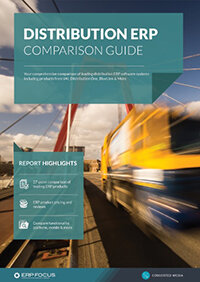
Distribution ERP Comparison
A hand-picked comparison of distribution ERP to kickstart your selection project
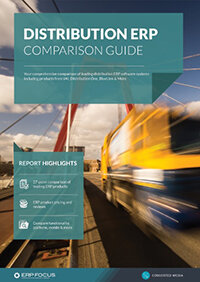
Featured white papers
-
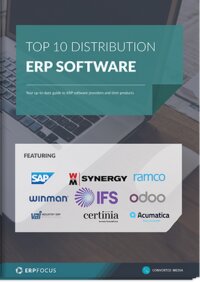
Top 10 Distribution Software Comparison
Compare the best distribution ERP systems available today
Download -
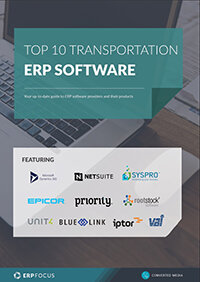
Top 10 Transportation ERP Software Comparison
Get your free comparison of the top 10 transportation ERPs
Download -
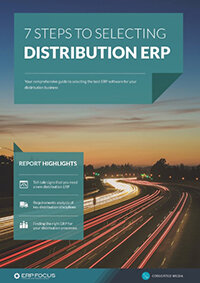
7 steps to selecting distribution ERP
Get expert advice on distribution ERP selection and requirements analysis
Download
Related articles
-

ERP for Food Distributors: Key Functionality
In a modern world where products are tailored to consumers, why should ERP for food distributors ...
-

CMMC Compliance: What Aerospace and Defense Manufacturers Need to Know
Key insights on CMMC compliance, deadlines, and securing DoD contracts with CMMC 2.0 certificatio...
-

ERP & Logistics: Optimizing the Supply Chain
Read about the steps you can take to optimize your supply chain through ERP software logistics ma...

